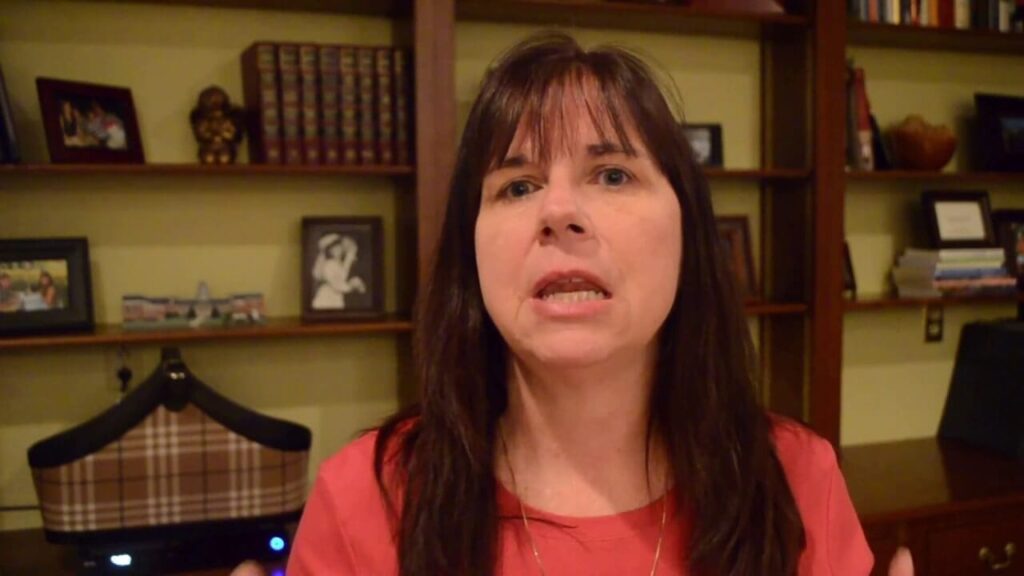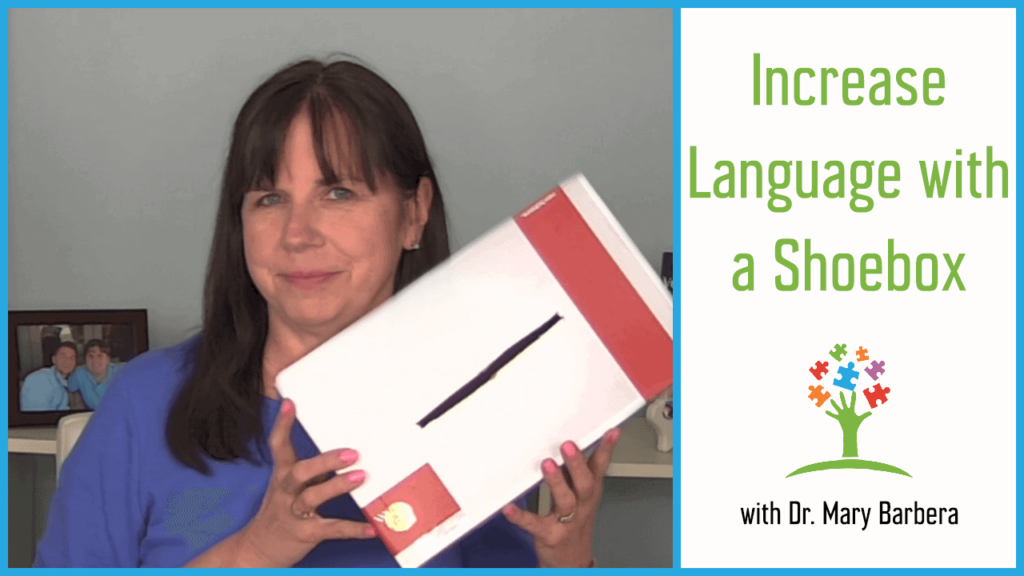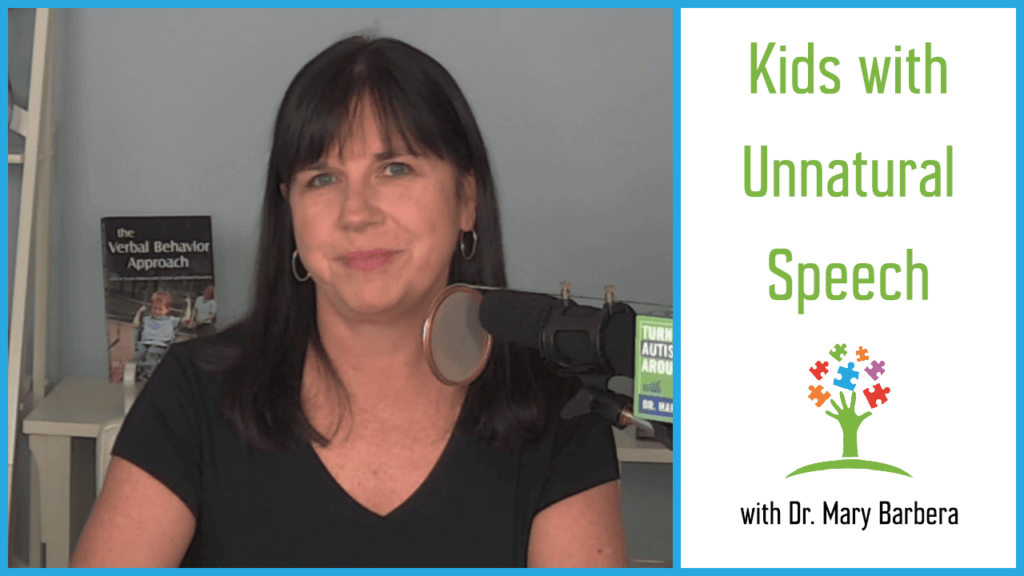Speech Sound Development & First Sounds in Children with Autism Using ABA Techniques

As you may know, I’m an autism mom and Board Certified Behavior Analyst. I am also the author of The Verbal Behavior Approach: How to Teach Children with Autism and Related Disorders. As a Behavior Analyst, I know that any behavior (including speech sound development) can be increased using proven ABA strategies. In this week’s […]
Increasing Language in Children with Autism Through a Shoebox

As some of you may know, I’ve been a behavior analyst since 2003 and worked for the Pennsylvania Verbal Behavior Project, which was a statewide grant from 2003 to 2010. When I left the project, I began working in the early intervention field with very young children through a contract with the birth to 3 […]
Teaching a Child with Autism to Talk

Over the years I’ve seen parents and professionals call a child nonverbal. They would put a lot of emphasis on augmentative communication devices but no emphasis on vocal language. I never give up on vocal language, even in “nonverbal children.” So, today I’m going to answer your questions about teaching a child with autism to […]
Autism and Holiday Tips: Preparing for the Holidays with Your Child with Autism

Holidays can be a stressful time for children with autism and their families, as well as for the professionals who work with them. Today, I’m going to give you some tips that might help make your holidays a little bit less stressful, and more joyful; this blog is all about autism and holidays tips!https://youtu.be/U6t51RovMr0?list=PL0_NcGwhzOkjUQSOQGctOzORdiGgPxiLG Each […]
Phrases and Abnormal Speech in Children with Autism

Abnormal speech patterns are very common in kids with autism. For example, if you teach a child with limited speech to say phrases like “open door,” they might overgeneralize it and say “open door” even if they want something else opened like a bottle or a box. In this blog post, I will answer a […]